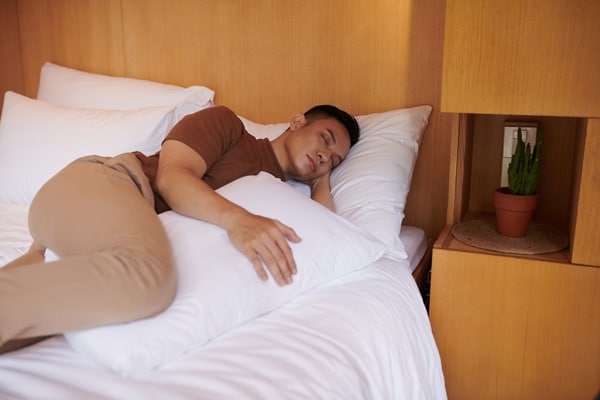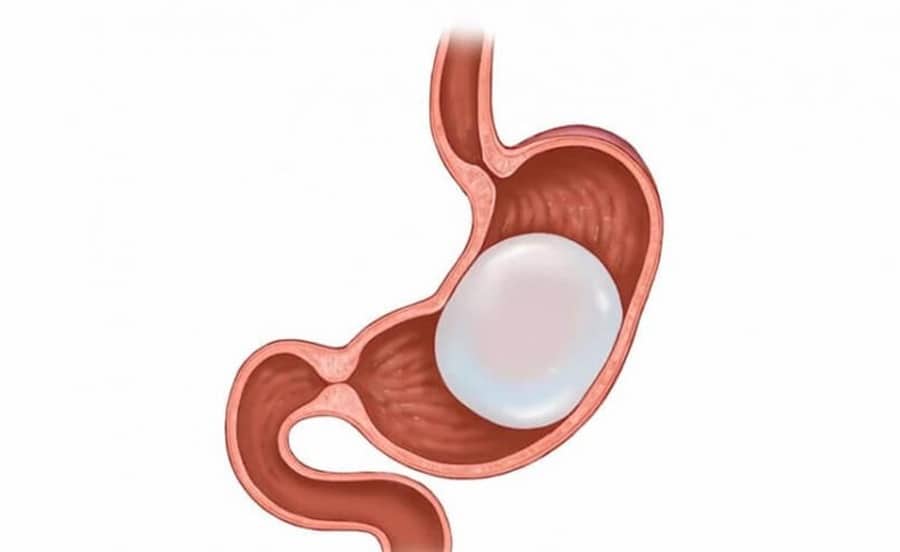Sleep is a fundamental aspect of your health and well-being, often overlooked in today’s busy world. The position in which you sleep plays a crucial role in determining the quality of your rest and the long-term health of your body. This article takes a look at the various sleeping positions and their associated health benefits and drawbacks. From reducing back pain to minimizing snoring, the way you position yourself at night can have significant effects. Understanding these positions can help you make informed choices for a healthier sleep experience, leading to improved overall health.
Contents
The Supine Position

Sleeping on your back, also known as the supine position, offers numerous health benefits. This position allows your head, neck, and spine to rest in a neutral position, which reduces the possibility of experiencing pain in these areas. It’s also beneficial for the skin, as it prevents the face from being pressed against the pillow, thereby reducing the formation of wrinkles and breakouts. People with acid reflux can find relief in this position, as the head is elevated and gravity helps keep stomach acids down. Additionally, it’s an excellent position for maintaining the health of your spine.
However, the supine position may not be suitable for everyone. Those who suffer from snoring or sleep apnea may experience worsening symptoms in this position due to the potential for the tongue to obstruct the airway. It’s also crucial to use the right pillow to support the neck’s natural curve; otherwise, it could lead to neck pain. People with lower back issues might need extra support under their knees to maintain the spine’s natural curve. Lastly, this position can be uncomfortable for pregnant women, especially in the later stages of pregnancy.
The Fetal Position

The fetal position, where one curls up on their side with knees drawn towards the chest, is one of the most popular sleeping positions. This position can significantly reduce snoring and is highly recommended for pregnant women, as it improves circulation to the heart, benefiting both mother and baby. It’s also comforting for many, providing a sense of security and warmth. For those with a herniated disc, the fetal position can provide relief by creating space between the vertebrae. Additionally, it’s a good choice for those who want to maintain a youthful appearance, as it prevents the face from being pressed hard against the pillow.
Despite its popularity, the fetal position has its drawbacks. Curling up too tightly can restrict breathing and leave you feeling a bit stiff in the morning, particularly in the joints and back. It’s important not to curl up too tightly and to switch sides occasionally to prevent imbalances. This position can also contribute to wrinkles due to half of the face being pressed against the pillow. For those with arthritis, it may exacerbate pain and stiffness. Therefore, keeping a proper balance and not curling up too tightly is essential for maximizing the benefits of this position.
The Log Position

The log position involves lying on one’s side with both arms positioned downward in a straight line. This position is excellent for spinal alignment, which can help reduce back and neck pain. It’s also a good choice for snorers and those with sleep apnea, as the airways are more open compared to when lying on the back. This position can be beneficial for the skin, as it prevents the face from being buried into the pillow, thus reducing the risk of wrinkles. The log position also facilitates better digestion compared to back sleeping due to the natural positioning of the internal organs.
While beneficial in many ways, the log position can lead to arm numbness due to the pressure placed on the arm that is underneath the body. To prevent this, it’s important to switch sides throughout the night. This position may also lead to sagging breasts over time due to gravity, so supporting the chest area can be helpful. A pillow that supports the neck without elevating the head too much is crucial to maintain alignment. Additionally, those with pre-existing hip or shoulder pain might find this position exacerbates their discomfort. Selecting a mattress that provides adequate support is essential to reap the benefits of the log position.
The Yearner Position

In the yearner position, you sleep on your side with both arms stretched out in front. This position offers many of the same benefits as the log position, such as better spinal alignment and reduced snoring. It’s particularly good for those with acid reflux or heartburn, as sleeping on the left side can minimize symptoms. The yearner position also aids in reducing the risk of sleep apnea and can be more comfortable for those with back pain. This posture is believed to help maintain a youthful appearance by reducing facial contact with the pillow, thereby preventing wrinkles.
However, sleeping in the yearner position can sometimes lead to shoulder pain, especially if one arm is under the pillow or the head for a prolonged period. This can cause strain and discomfort in the shoulder and neck areas. It’s important to have a supportive mattress and pillow to reduce the risk of shoulder pain. This position can also cause arm numbness if the arms are stretched out too far or if there is too much pressure on the lower arm. People who experience frequent joint pain may find this position uncomfortable. Alternating sides throughout the night can help alleviate these issues and promote more restful sleep.
The Freefall Position

The freefall position, where individuals lie on their stomachs with their heads turned to one side, offers specific benefits. It is known to reduce snoring and can be a comfortable position for those who prefer sleeping on their stomachs. This position can sometimes provide a sense of security and comfort, aiding in faster sleep onset for certain individuals. For those who struggle with digestive issues, sleeping in the freefall position may sometimes help with digestion due to the pressure applied to the abdomen.
Despite these benefits, the freefall position is generally not recommended for spinal health. It places a significant amount of strain on the neck and back, as the spine is not in a neutral position. This can lead to chronic back and neck pain over time. Turning the head to one side can also cause neck strain and discomfort. Additionally, this position can lead to numbness and tingling in the arms and legs due to the pressure placed on muscles and nerves. It’s also not suitable for pregnant women, as it puts pressure on the abdomen. To minimize potential issues, using a thin pillow or no pillow at all can help align the spine better.
The Starfish Position

Sleeping in the starfish position, where you lie on your back with arms up around the pillow, offers several health benefits similar to other back-sleeping positions. This posture is beneficial for the back as it allows the spine to rest in its natural alignment, potentially reducing back pain. It also helps in minimizing facial wrinkles and skin breakouts, as the face is not pressed against the pillow. For those who suffer from acid reflux, this position, with the head slightly elevated, can help in reducing symptoms. Additionally, the starfish position is less likely to cause numbness in the arms compared to side sleeping positions.
However, the starfish position can have its drawbacks, particularly concerning shoulder health. Sleeping with arms up can put pressure on the shoulders, leading to pain and discomfort. This position can also exacerbate snoring and the symptoms of sleep apnea due to the position of the tongue and throat. Using a supportive pillow to maintain neck alignment is crucial in this position. Moreover, it’s essential to have a mattress that supports the natural curve of the spine to avoid back pain. People who experience frequent shoulder pain might find this position uncomfortable and should consider adjusting their arm placement.
Discover Your Ideal Sleeping Position
Each sleeping position has its unique benefits and considerations, impacting various aspects of health, from spinal alignment to skin condition. While some positions may alleviate certain health issues, others might not be suitable for everyone. It’s crucial to consider personal health needs and comfort preferences when choosing your sleeping position. Tonight, pay attention to how you settle into sleep and consider experimenting with different positions. You might just find a new favorite that enhances your sleep quality and overall well-being.


